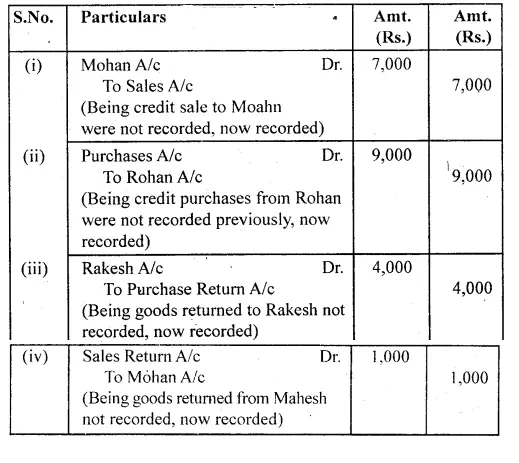A trial balance can be prepared in the following three ways :
-
Totals Method: In this method, the total of the debit and the credit side of the ledger is determined and presented separately in the trial balance. The total of both the sides should match as the accounts are based on double entry system.
-
Balances Method: In this method, the balances of all ledger accounts are presented in their respective debit and credit columns of the trial balance. The total of both the sides should match as the accounts are based on double entry system and this method of preparing a trial balance is widely used because it helps in the preparation of financial statements.
-
Totals-cum-balances Method: This method is a blend of the totals and balances method. This method has four columns. The first two columns are to write the totals of the debits and credits of the various accounts and the other two columns are to write the debit or the credit balances of these accounts. This method is time consuming, and hence are not used widely.


_20241111_102919.webp)
_20241111_103917.webp)
_20241111_103922.webp)
_20241111_103927.webp)
_20241111_105353.webp)
_20241111_105401.webp)
_20241111_110002.webp)
_20241111_110008.webp)

_20241111_101852.webp)
_20241111_102123.webp)
_20241111_101952.webp)
_20241111_102228.webp)
_20241111_102454.webp)
_20241111_102634.webp)
_20241111_103029.webp)
_20241111_103143.webp)
_20241111_103625.webp)
_20241111_103547.webp)
_20241111_103722.webp)
_20241111_103338.webp)
_20241111_103345.webp)
_20241111_104229.webp)
_20241111_104240.webp)
_20241111_104248.webp)
_20241111_104235.webp)
_20241111_104936.webp)
_20241111_105024.webp)
_20241111_105210.webp)
_20241111_105216.webp)
_20241111_110014.webp)
_20241111_110019.webp)
_20241111_102344.webp)
_20241111_102801.webp)
_20241111_102751.webp)
.webp)
_20241111_105717.webp)
_20241111_105724.webp)